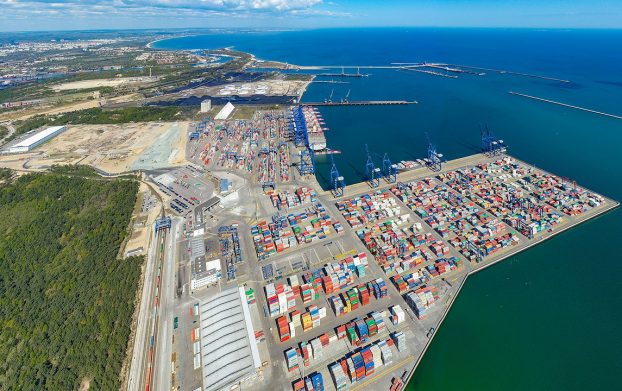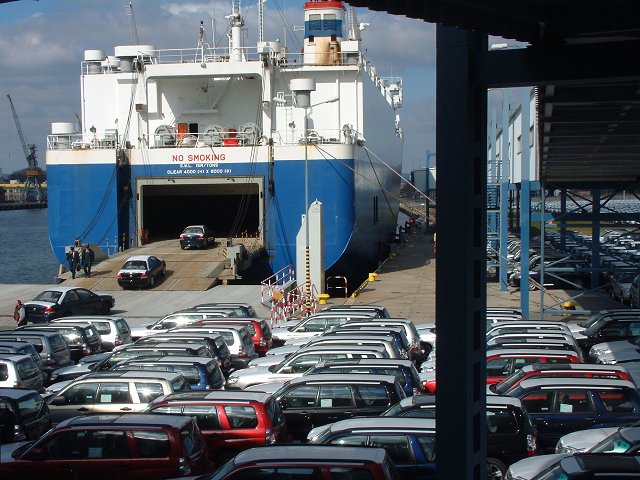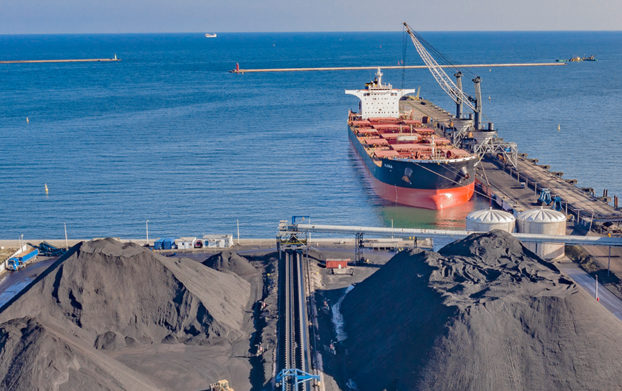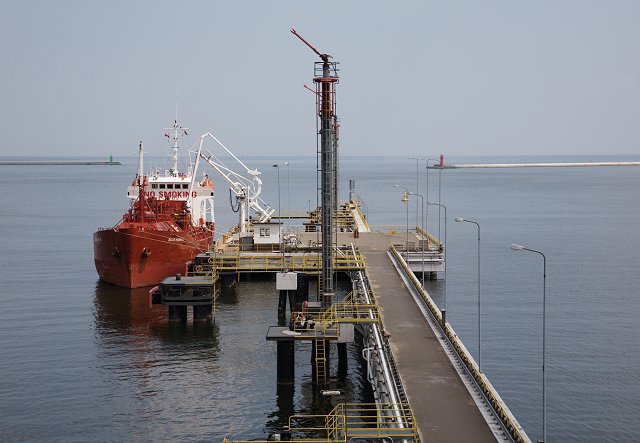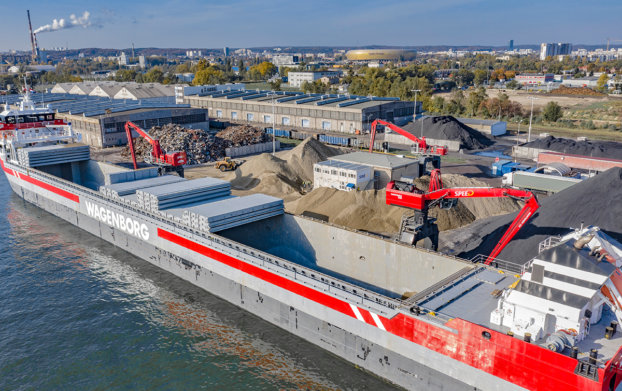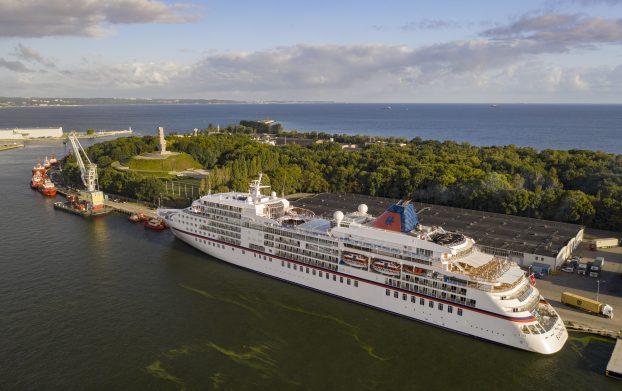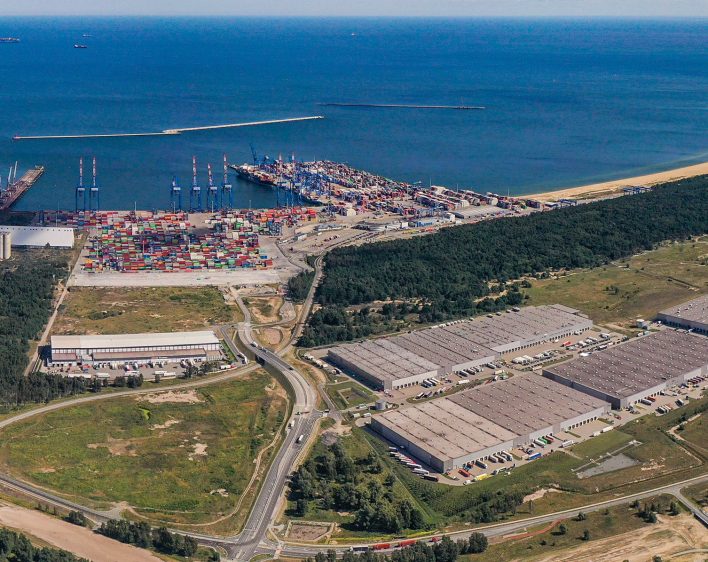The Port of Gdańsk is divided into two areas. The first is the Inner Port, situated along the Dead Vistula, and the port channel. The other is the Outer Port, located in Gdańsk Bay.
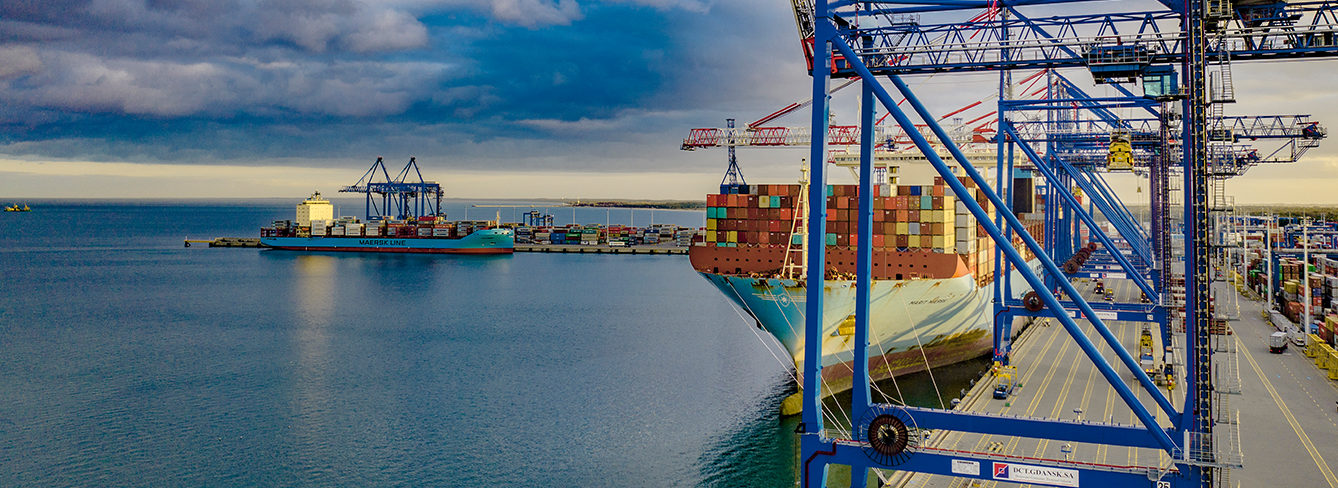

We are a universal port, and we can handle all types of goods. This includes containers, automotive products, liquid fuels, dry bulk, and chemical goods. In addition, we are a port without limitations. This is due to our 17-metre deep deepwater fairway, thanks to which we can accommodate the largest vessels with a draft of up to 15 metres; the lack of tides results in a constant water depth, and the lack of ice allows the port to be open all year.

Excellent location
The Port of Gdańsk is the only Baltic port that supports direct container connections with China. For Asia, we are a marine gateway to the markets of Central and Eastern Europe, the most dynamically developing region of the European Union. Many international transport corridors begin and end at the Port of Gdańsk.
The area of the Inner Port contains: container terminal, ferry-passenger and Ro-Ro terminal, quays for loading and unloading passenger cars, citrus fruits, sulphur or fertilisers. The Inner Port is optimised for handling conventional general cargo and bulk goods (metallurgical products, heavy cargo, oversized cargo, cereals, artificial fertilisers, ores or coal).
The Outer Port comprises 4 piers: fuel pier, coal pier, LPG pier and ore pier, as well as the Baltic Hub Container Terminal located in Gdańsk Bay. Here we handle energy resources such as liquid fuels, coal and LPG. Thanks to dynamic development of this part of the port (such as extension of Liquid Fuel Terminal and extension of Baltic Hub) we are still seeking new directions for spatial development of the port. The construction of the Central Port is planned. This project involves development works concerning a body of water which spans over 410 ha.
Port parameters
This section provides data about the Port of Gdańsk, including geographical coordinates, total length of the port infrastructure, storage space and the maximum draft in each of the two port sections.
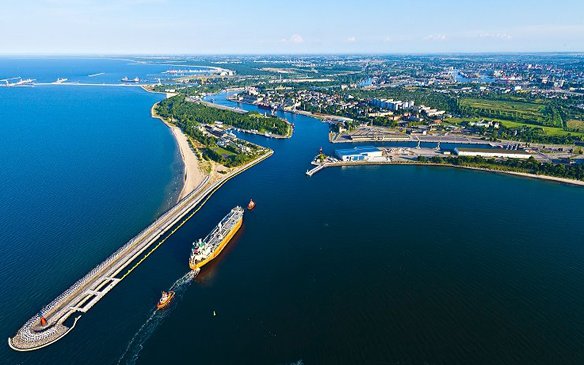
Cargo groups
The Port of Gdańsk handles seven different cargo groups. These are: general cargo, coal, liquid fuels, other bulk cargo, cereals, timber and ores. General cargo includes container cargo and ro-ro, as well as passenger ferry and cruise traffic. Below we present the detailed specifications for each group.



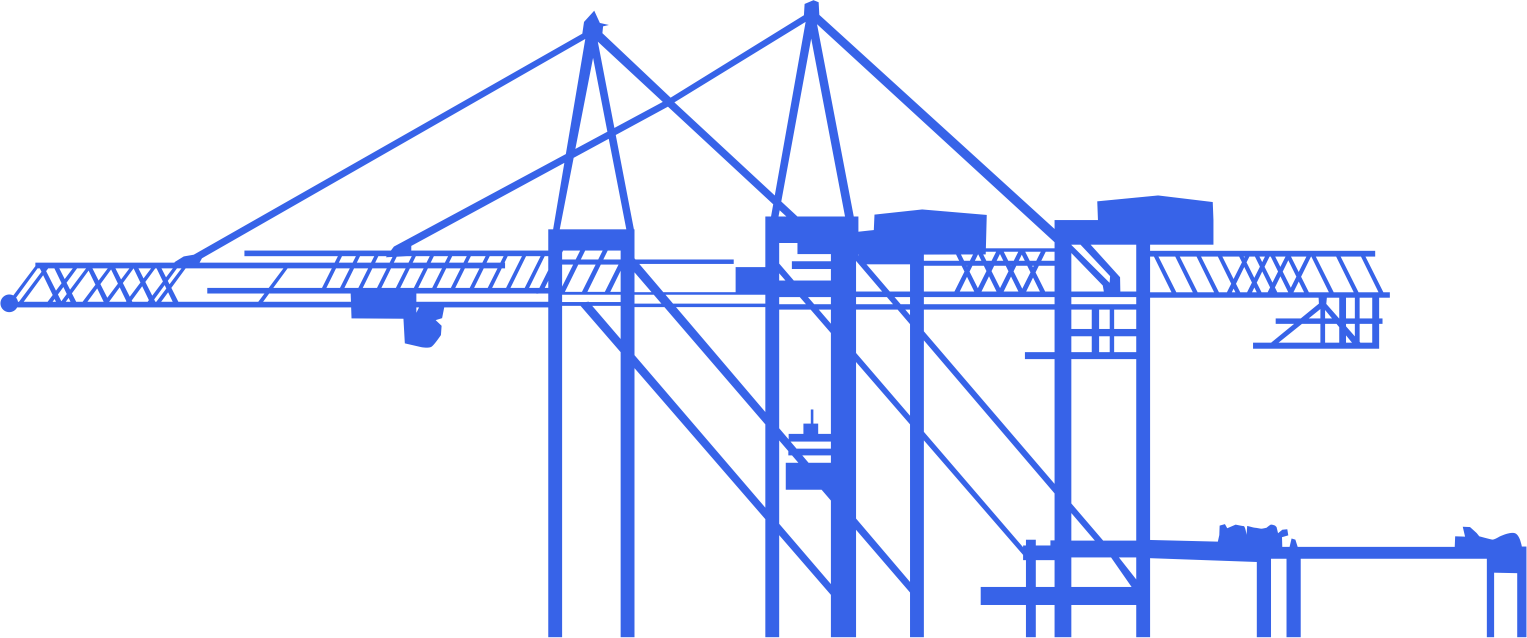
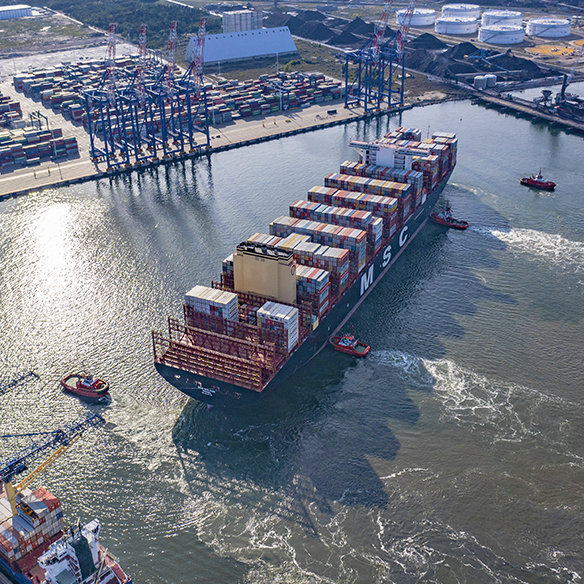
 Facts & Figures
Facts & Figures
Since 2011 we have been gradually increasing the tonnage of shipped goods. In 2023 the Port of Gdańsk achieved a record volume of shipments – 81 million tonnes. Detailed statistics for each year are presented below.
read more
